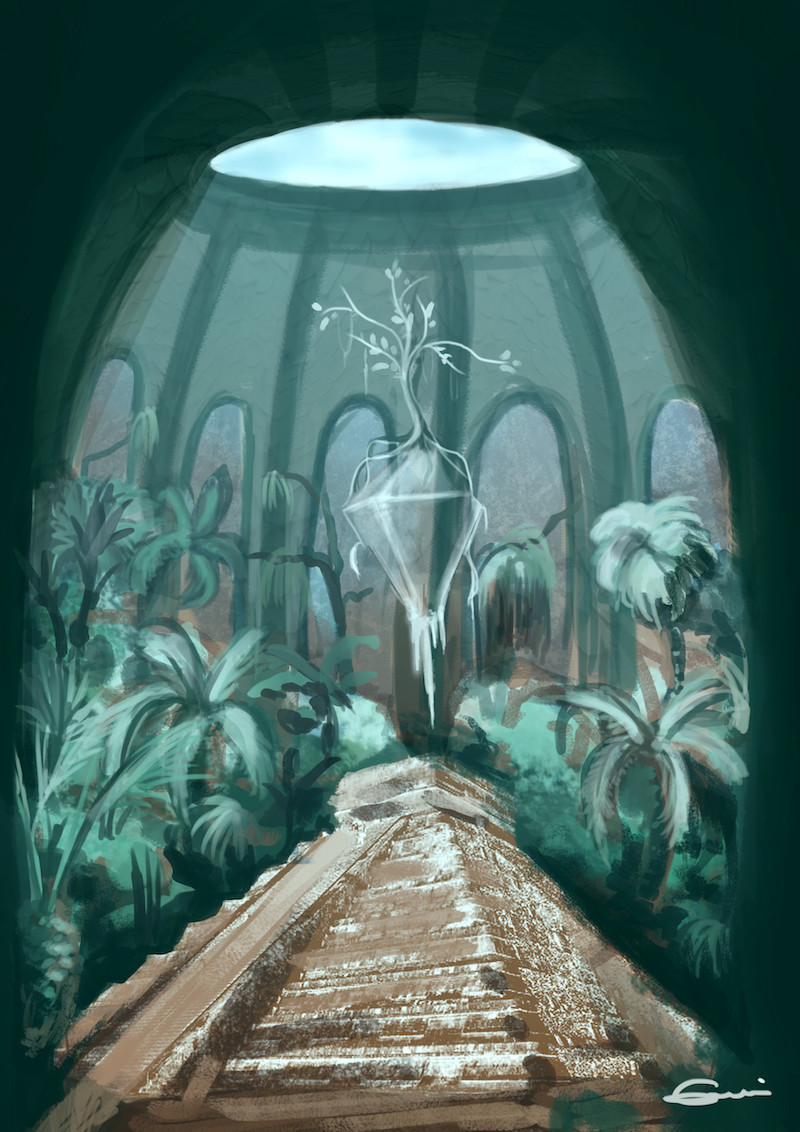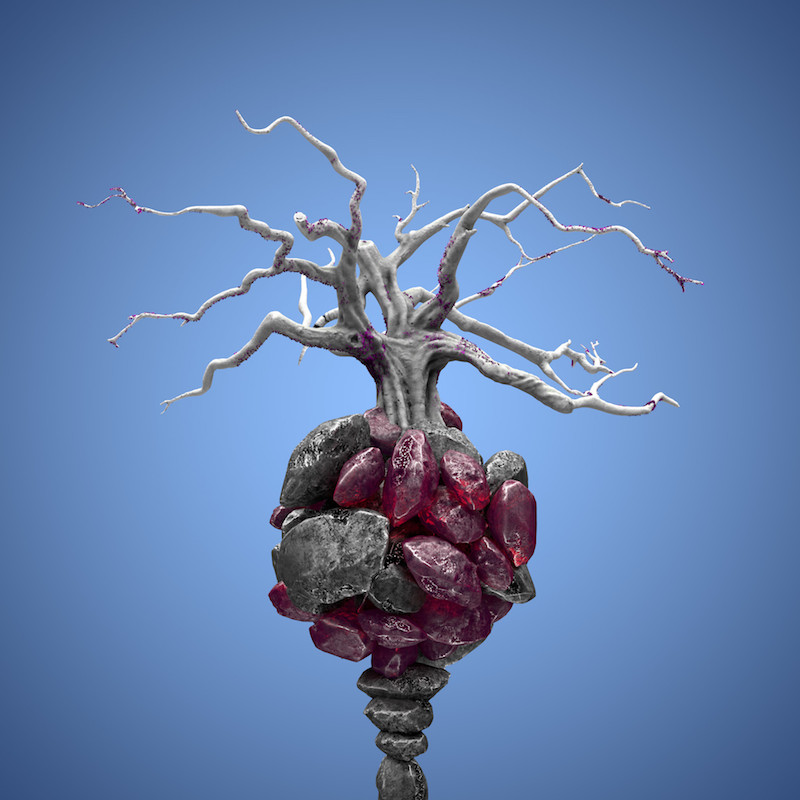We gave the Internet to the trees. Their cyberspace is alien, they grow roots through it instead of moving about, commune in giant rhizomes
You plant a kread, a treeform avatar in one of their groves and they talk to it, a slow intertwining of roots, exchange of virtual chemicals
krëad: (n) from kreîas (meat), analogous to dryad, except it’s flesh trying to talk to wood, a tree of bones, meat, skin and hair

Photo by Hitchster.
Redwood trees are among the tallest in the world. Come to the northern coast of California, and visit some of our national parks. It is difficult to convey in words just how massive the trees are. Just how ancient they are. I suspect that most Exolymph readers are atheists, as am I. But when standing beneath a centenarian redwood tree, it’s easy to understand why early humans ascribed spirits to these organisms.
The modern version of a spirit is a computational mechanism. That’s how science conceives of our brains — the metaphor of a biological machine fits decently well.
Back to redwoods.
It might be intuitive that such tall, heavy trees would have deep roots. They don’t. Instead, redwoods have shallow roots (one of the reasons why they need plentiful water nearby). Their roots stretch out horizontally, intertwining with other redwoods in their forest. The whole city of trees is woven together beneath the soil. Storms and heavy winds are easier to withstand.

Illustration by Emilia Varga.
The Tree of Life is a recurring religious archetype, a subset of the “sacred tree” mytheme. Redwoods are evergreen, but deciduous trees visually embody the seasons, mirroring the Maiden-Mother-Crone cycle as their fresh green leaves turn gold, dry out, and fall to the cold ground.
Industrialization didn’t wipe out the resonance of this metaphor. Now that we’ve reached the digital age, how will we bring the tree mythos up to speed? Is that desirable, or should we treasure the old, slow-moving beings as they are?
The Anthropocene epoch is not always kind to old, slow-moving beings.
What if we put together a multi-entity Tree of Life that was in fact an arboreal internet? Linking together all the trees into one vast system that thrived on information rather than nutrients? (It’s been posited that some trees already have a version of this.)
In the Judeo-Christian canon, one of the functions of the Tree of Life is to induct humans into the way of knowledge, a fundamentally divine domain — which ruins our innocence. The current internet performs that task well enough already.

Illustration by Eddy Adams.
“The implications of the Wood Wide Web far exceed this basic exchange of goods between plant and fungi, however. The fungal network also allows plants to distribute resources — sugar, nitrogen, and phosphorus — between one another. A dying tree might divest itself of its resources to the benefit of the community, for example, or a young seedling in a heavily shaded understory might be supported with extra resources by its stronger neighbors. Even more remarkably, the network also allows plants to send one another warnings.”


Comments are closed.